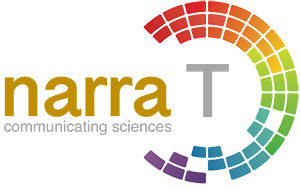Identification of differentially expressed genes in resting human skeletal muscle of sedentary versus strength and endurance-trained individuals using bioinformatics analysis and in vitro validation
DOI:
https://doi.org/10.52225/narra.v5i1.1764Keywords:
Skeletal muscle, gene expression regulation, physical endurance, CALM3 , PRKACAAbstract
Understanding the molecular mechanisms underlying skeletal muscle adaptation to different training regimens is essential for advancing muscle health and performance interventions. The aim of this study was to investigate molecular and genetic adaptations in the resting skeletal muscle of sedentary individuals compared to strength- and endurance-trained athletes using bioinformatics and in vitro validation. Differentially expressed genes (DEG) analysis of the GSE9405 dataset was conducted. Gene Ontology (GO) and Kyoto Encyclopedia of Genes and Genomes (KEGG) enrichment analyses were performed, followed by protein-protein interaction (PPI) network analysis and receiver operating characteristic (ROC) analysis. To validate the bioinformatics findings, the expression of two identified genes was assessed using real-time polymerase chain reaction (PCR) in professional athletes and age-matched non-athletes. Analysis of RNA expression profiles from the GSE9405 dataset identified 426 DEGs, with 165 upregulated and 261 downregulated in trained individuals. Enrichment analysis highlighted pathways related to metabolic efficiency, mitochondrial function, and muscle remodeling, all crucial for athletic performance. PRKACA and CALM3 were identified as key upregulated genes in trained individuals with central roles in these pathways. The area under the curve (AUC) values for CALM3 and PRKACA were 0.8558 and 0.8846, respectively, for differentiating the two groups. Validation in human samples confirmed that CALM3 expression was significantly higher in athletes (p=0.001), suggesting its critical role in muscle adaptation. However, PRKACA expression differences between the groups were not statistically significant (p=0.321). These findings provide insights into gene-level responses to long-term training, offering a basis for targeted interventions to enhance muscle health and athletic performance.
Downloads
Downloads
How to Cite
Issue
Section
Citations
License
Copyright (c) 2025 Rias G. Kinanti, Anditri Weningtyas, Kiky M. Ariesaka, Sendhi T. Puspitasari, Ni LKA. Arsani, Hung E. Liao

This work is licensed under a Creative Commons Attribution-NonCommercial 4.0 International License.



